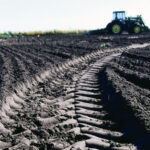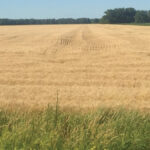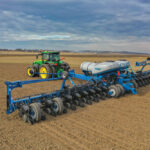
Your 2020 canola insect roundup
How big of a bite did pests take out of canola crops last year?

And the canola disease surveys say…
The 2020 numbers on blackleg, sclerotinia stem rot, clubroot, verticillium stripe and others across the Prairies

Two more reasons to consider a jar test before tank mixing
It’s better to be safe than sorry when you combine multiple modes of action or include micronutrients in the tank

What were the canola yield robbers in 2020?
Some farmers benefited from the environmental conditions while others were ready to put 2020 behind them

Seven reasons to consider controlled traffic farming
CTF benefits may make the practice worth another look

Real-time kinematic technology use and costs
RTK technology offers ultra-precise, multi-year positioning, but its price remains a significant deterrent for Prairie farmers

Interested in controlled traffic farming? Start with small steps
CTF can prove both practical and beneficial, even with a step partway toward controlling in-field equipment traffic

Farming North of 60
Meet Your Farming Neighbours: A Prairie grain farmer finds new opportunities in the Yukon

How to reach 52 bushels per acre of canola
Tips to take you beyond common management practices to maximize canola yields

Kinze offers two high-speed planters for 2021 growing season
No compromises on seed singulation and placement with high speeds

